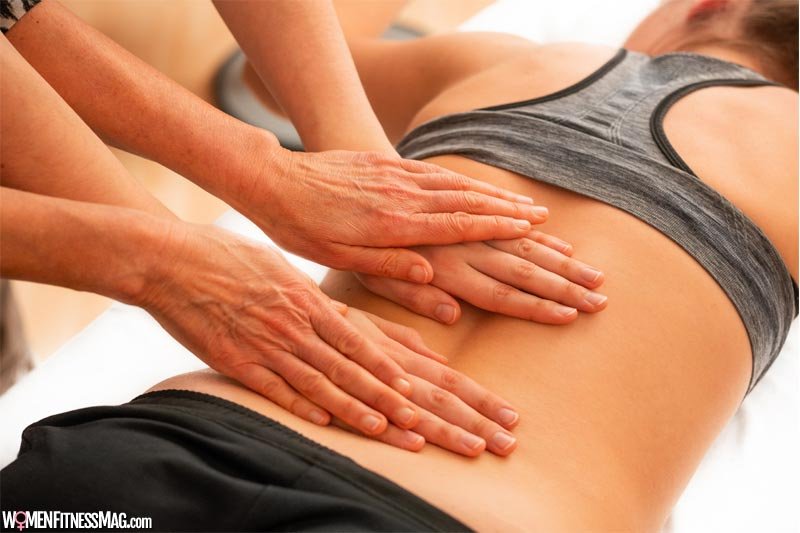Most of us have heard that in order to avoid back pain, we should “lift with the legs, not the back.” But is this actually good advice in all situations?
Here are five reasons (according to physical therapists) why lifting with a rounded spine isn’t something you need to fear, and why it’s probably not the main culprit of back pain.
-
The “Bent Back, Straight Legs” Position Simply Isn’t As Bad As We Think
Research actually shows that lifting with straight legs and a flat back isn’t inherently “bad” for you, and that bending over to pick something up is often easier and more energy-efficient than squatting.
In fact, outside of specific activities (e.g., weightlifting) or occupations (e.g., nursing), focusing too much on the “flat back, bent knees” technique while lifting might actually do more harm than good by discouraging people from moving enough.
Should you use proper form when deadlifting at the gym? Definitely. Is it worth knowing how not to make a lift more difficult than it needs to be? For sure! But the bottom line is that you shouldn’t be afraid to bend your back.
-
It’s Not Possible to Never Round Your Back
Almost all of us round our backs when lifting things on a daily basis, often without even realizing it (and without any issue). Imagine picking up a child, getting something out of your trunk, or bending over to tie your shoe or pick up a golf ball. It’s perfectly natural for your spine to bend in all these instances.
Instead of constantly being afraid to bend your back, learn how to maintain stability in your spine in as many positions as possible.
-
Your Back is Stronger Than You Think
Your back muscles are some of the strongest muscles in your body. Increasing the strength and endurance of these muscles through a variety of exercises and movements, including bending under tension, can help you lift more and keep your spine healthy and resilient.
It’s certainly possible for mobility restrictions in the shoulders, hips, or ankles to affect the way a person’s spine moves and handles load. This is one reason why adding in a consistent stretching routine that is personalized to your unique limitations can be helpful for minimizing your back pain.
-
You Might Be Lifting Too Much Too Soon
It’s great to push yourself at the gym—progressive overload is key for gaining strength. But pushing yourself too far beyond your current physical capacity is a recipe for injury, especially if you’re unable to maintain proper form.
So, be mindful of how much you’re lifting (and how heavy your purse or backpack is), and talk to a personal trainer if you need some guidance on how to progress your strength training routine.
-
You Might Not Be Breathing Properly
Not breathing properly—for example, holding your breath or failing to inhale and exhale fully—alters the pressure inside your trunk and impairs spine stability. It can also strain your pelvic floor and other core muscles, which directly impacts spinal health.
To speak broadly, most of us would be wise to breathe in as we lower a weight (or any heavy object) and breathe out as we lift a weight. If you’re not sure whether you’re breathing optimally, talk to a personal trainer or physical therapist.
If you do have back pain, remember that many factors other than your posture—including sitting too much, being overweight, having a lot of stress, and even smoking—have all been linked to chronic back pain. So, take a look at your overall health and lifestyle when looking for answers, and talk to a physical therapist for professional insight into the root cause of your dysfunction and personalized guidance on how to resolve your symptoms and protect your spinal health.
Why Lifting with Your Legs and Not With Your Back Might Not Actually Help You Avoid Back Pain :
Why Lifting with Your Legs and Not With Your Back Might Not Actually Help You Avoid Back Pain
why do you lift with your legs and not your back, should you lift with your back or legs, how to lift with your legs and not your back, describe the position of your knees and back when lifting, 5 tips to avoid back injuries, how to avoid lower back pain, how to prevent back pain at work, when lifting something off the ground always use,




